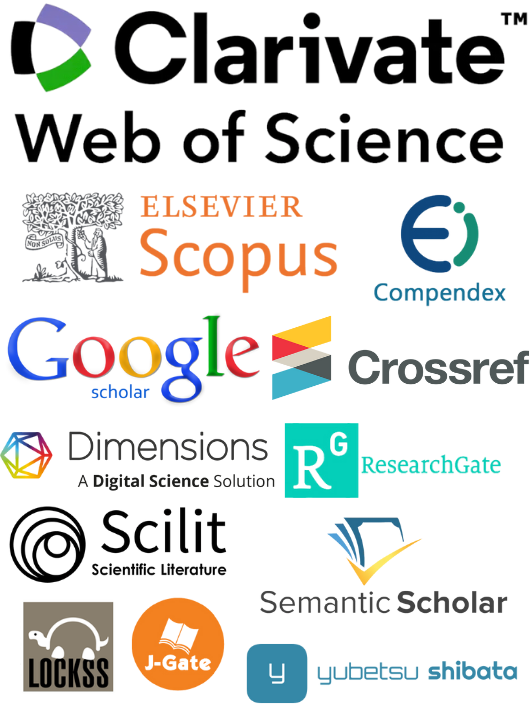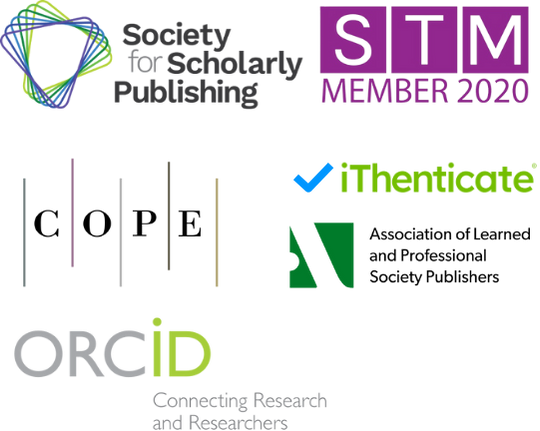Innovations in Machine Translation: The Role of Machine Learning in Enhancing Linguistic Accuracy and Efficiency
DOI:
https://doi.org/10.71222/2396v567Keywords:
machine translation, application of machine learning technology, artificial intelligence in LinguisticsAbstract
This essay explores Instance Induction, Analogy Induction, and Machine Learning, with a particular focus on the application of analogy-based machine learning in machine translation. It examines techniques such as full instance translation, case pattern translation, and analogical reasoning. The study investigates the underlying principles, advantages, and potential limitations of these methods to provide a theoretical foundation for further optimization of machine translation (MT). Furthermore, an in-depth analysis of Machine Learning Theory, especially through the paradigms of Analogy Induction and Instance Induction, is conducted to uncover latent patterns and features that are pivotal for the technological advancement of this field. The efficacy of these methodologies in enhancing machine translation performance is critically evaluated and discussed.
References
1. J. Cenoz, D. Gorter, and S. May, "Language awareness and multilingualism," Cham, Switzerland: Springer, 2017.
2. I. Rivera-Trigueros, M. D. Olvera-Lobo, and J. Gutiérrez-Artacho, "Overview of machine translation development," In Ency-clopedia of Information Science and Technology, Fifth Edition, 2021, pp. 874-886.
3. M. Ashraf, "Innovations and Challenges in Neural Machine Translation: A Review," International Journal of Science and Research (IJSR), vol. 13, no. 10, pp. 656-662, 2024. doi: 10.21275/sr241008113336
4. L. Altynbekova, "Artificial Intelligence and Translation Technology (Master's thesis, Maqsut Narikbayev University (Kazakh-stan))," 2020.
5. B. Klimova, M. Pikhart, A. D. Benites, C. Lehr, and C. Sanchez-Stockhammer, "Neural machine translation in foreign language teaching and learning: a systematic review," Education and Information Technologies, vol. 28, no. 1, pp. 663-682, 2023. doi: 10.1007/s10639-022-11194-2
6. J. Xu, J. Yang, and C. Pan, "An Exploratory Study of Chinese College EFL Teachers' Multilingual Awareness," Journal of Lan-guage, Identity & Education, pp. 1-17, 2024. doi: 10.1080/15348458.2024.2329235
7. X. Guangqin, "Translation ethics in the Chinese tradition," In The Routledge handbook of translation and ethics, 2020, pp. 25-41. doi: 10.4324/9781003127970-4
8. Y. Huang, and F. Xie, "An Exploration of English Teachers' Beliefs in the Context of Translation Technology," Age, vol. 60, no. 31, p. 46, 2024.
9. S. Wang, and Y. Wang, "Exploring complex multilingual motivation types among Chinese students majoring in dual foreign languages: a Q method study," Journal of Multilingual and Multicultural Development, pp. 1-19, 2024. doi: 10.1080/01434632.2024.2384493
10. Y. Mahmood, N. Kama, A. Azmi, A. S. Khan, and M. Ali, "Software effort estimation accuracy prediction of machine learning techniques: A systematic performance evaluation," Software: Practice and experience, vol. 52, no. 1, pp. 39-65, 2022. doi: 10.1002/spe.3009
11. S. K. Cowlessur, S. Pattnaik, and B. K. Pattanayak, "A review of machine learning techniques for software quality prediction," Advanced Computing and Intelligent Engineering: Proceedings of ICACIE 2018, Volume 2, pp. 537-549, 2020. doi: 10.1007/978-981-15-1483-8_45
12. N. Fenton, and J. Bieman, "Software metrics: a rigorous and practical approach," CRC press, 2014.
13. H. Sinha, and R. K. Behera, "Supervised machine learning approach to predict qualitative software product," Evolutionary Intelligence, vol. 14, no. 2, pp. 741-758, 2021. doi: 10.1007/s12065-020-00434-4
14. S. Ranathunga, E. S. A. Lee, M. Prifti Skenduli, R. Shekhar, M. Alam, and R. Kaur, "Neural machine translation for low-resource languages: A survey," ACM Computing Surveys, vol. 55, no. 11, pp. 1-37, 2023.
15. A. Vaswani, N. Shazeer, N. Parmar, J. Uszkoreit, L. Jones, A. N. Gomez, and I. Polosukhin, "Attention is all you need," Advances in neural information processing systems, vol. 30, 2017.
16. B. Li, Y. Hou, and W. Che, "Data augmentation approaches in natural language processing: A survey," Ai Open, vol. 3, pp. 71-90, 2022. doi: 10.1016/j.aiopen.2022.03.001
17. J. Devlin, M. W. Chang, K. Lee, and K. Toutanova, "Bert: Pre-training of deep bidirectional transformers for language under-standing," In Proceedings of the 2019 conference of the North American chapter of the association for computational linguistics: human language technologies, volume 1 (long and short papers), June, 2019, pp. 4171-4186.
18. G. Chen, Y. Chen, Y. Wang, and V. O. Li, "Lexical-constraint-aware neural machine translation via data augmentation," In Proceedings of the Twenty-Ninth International Conference on International Joint Conferences on Artificial Intelligence, January, 2021, pp. 3587-3593. doi: 10.24963/ijcai.2020/496
19. D. Saunders, F. Stahlberg, A. De Gispert, and B. Byrne, "Multi-representation ensembles and delayed SGD updates improve syntax-based NMT," arXiv preprint arXiv:1805.00456, 2018.
20. M. Post, "A call for clarity in reporting BLEU scores," arXiv preprint arXiv:1804.08771, 2018. doi: 10.18653/v1/w18-6319
Downloads
Published
Issue
Section
License
Copyright (c) 2025 Kaiwen Xin, Bingchen Liu, Lihao Fan (Author)

This work is licensed under a Creative Commons Attribution 4.0 International License.


